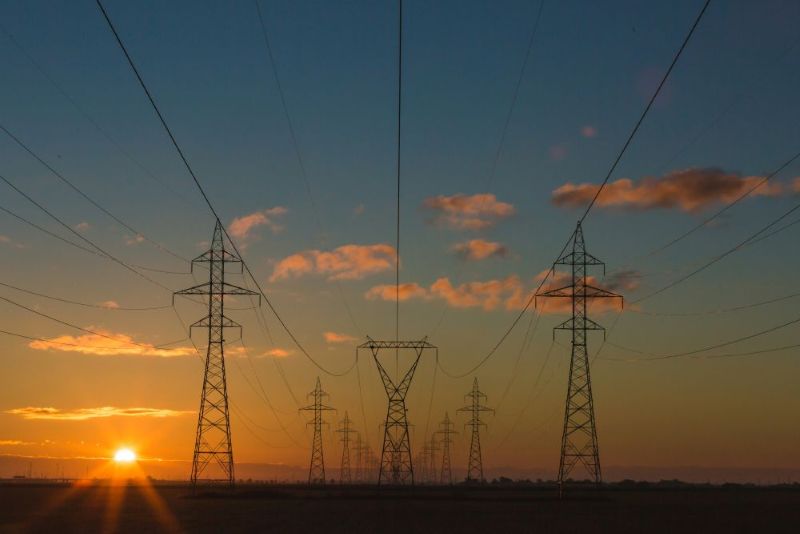
Title
Proposed revisions aim to improve accuracy while keeping reporting clear, consistent, and manageable for organizations of all sizes.
Washington, D.C., October 20, 2025 — Greenhouse Gas Protocol (GHG Protocol) today announced the launch of a 60-day period for two public consultations. One consultation focuses on updates to the Scope 2 Guidance (2015) which addresses inventory accounting, while the other seeks feedback on consequential accounting methods for estimating avoided emissions from electricity-sector actions. These are the first public consultations in a broader effort to update GHG Protocol’s suite of corporate standards and guidance.
This public consultation period marks an important milestone in ensuring that corporate greenhouse gas inventories remain accurate, comparable, and useful for decision making as energy systems and disclosure requirements evolve worldwide.
Approved by the GHG Protocol Independent Standards Board (ISB), the proposed updates to the Scope 2 Guidance (2015) reflect nearly three years of technical development and stakeholder engagement. In line with GHG Protocol’s Standard Development and Revision Procedure, the proposed revisions were developed in collaboration with a Technical Working Group that represents a diverse set of experts from business, academia and civil society. The revisions were further informed by feedback from the Independent Standards Board.
Since its publication a decade ago, the Scope 2 Guidance (2015) has become the leading global framework for accounting and reporting corporate emissions from purchased electricity. Many mandatory disclosure regimes have come to use GHG Protocol’s standards including the IFRS S2, EU ESRS/CSRD, and California SB 253.
The proposed updates respond to today’s changing energy landscape and evolving user needs. They are designed to improve accounting accuracy, keep GHG reporting methods consistent and align with how electricity is produced and delivered.
“A decade after publishing the Scope 2 standard, an update is both timely and necessary. This revision is an opportunity to make improvements based on how the standard has been applied in practice and how power systems have become cleaner, more complex, and more interconnected than ever before,” said Alexander Bassen, Chair of Greenhouse Gas Protocol’s Independent Standards Board. “Public input gathered over the next two months will play a major role in shaping the next version. We want to hear from all stakeholders on how to strengthen the guidance so it remains science-based, practical, credible, and relevant for the decade ahead.”
Strengthening Accuracy and Integrity While Responding to Users’ Needs
The proposed revisions to the Scope 2 Guidance (2015) retain the existing Scope 2 Standard’s dual location-based and market-based reporting methods, while introducing targeted improvements to enhance accuracy and transparency across both.
A central feature of the proposal is a new hourly matching and deliverability requirement for market-based reporting, which would align emissions claims more closely with the time and place electricity is consumed. This is intended to reduce double counting and ensure reported clean energy purchases more accurately reflect the physical realities of the power grid.
Recognizing that companies vary widely in data access and operational scale, the proposed revisions include multiple measures to help users manage these changes. These include the use of load profiles to approximate hourly data, exemption thresholds for which organizations are covered, a legacy clause for existing contractual commitments, and a multi-year phased implementation timeline.
Consequential Accounting Methods
In parallel, the GHG Protocol is also seeking stakeholder feedback on consequential accounting methods. These methods estimate the system-wide impacts of actions such as clean energy procurement or investment beyond an organization’s operational boundaries. The purpose of maintaining separate reporting for inventory emissions and system-wide impacts would be to preserve the integrity and comparability of corporate inventories, ensuring that reported emissions remain consistent across organizations and over time.
To support this, the Actions and Market Instruments Technical Working Group is developing complementary requirements for quantifying and reporting GHG impacts from projects and market instruments outside corporate inventories. Importantly, reporting these actions separately from Scope 2 would not determine whether or how they “count” toward specific goals or targets. Those determinations remain the responsibility of disclosure or target-setting bodies that use GHG Protocol’s accounting standards.
How Stakeholders Can Participate and Next Steps
The consultation period will run from October 20 through December 19, 2025. Stakeholders can review the consultation documentation and submit feedback through online survey forms. These materials can be accessed on the public consultations landing page.
| UPDATE: The public consultation period for both proposed updates has been extended to January 31, 2026 in response to stakeholder feedback. |
For the Scope 2 Public Consultation, all feedback will be analyzed and work will be undertaken to review and revise the Scope 2 Standard in consultation with the Scope 2 Technical Working Group as necessary. A second public consultation on scope 2 topics will follow in 2026, with final publication of the new standard expected in 2027.
For the Electricity-Sector Consequential Methods Public Consultation, stakeholder input will be synthesized and used to inform the Actions and Market Instrument (AMI) Technical Working Group which will develop requirements for reporting emissions impacts outside corporate inventories.
About Greenhouse Gas Protocol
GHG Protocol's mission is to develop the most credible, accessible, and widely used greenhouse gas accounting and reporting standards and to proactively facilitate their global adoption and implementation. Our vision is that all private and public entities account for their GHG emissions, enabling an acceleration in reductions in line with the global warming limits required by climate science.